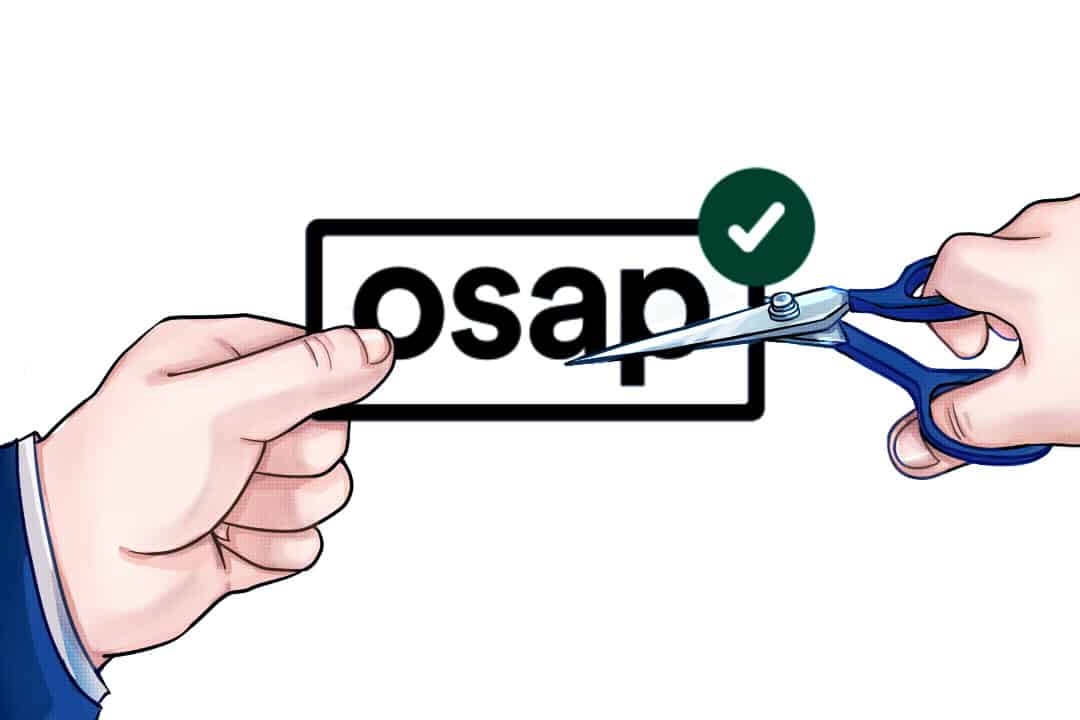In mid-June, the Ontario Student Assistance Program (OSAP) became the top trending topic on Twitter in the GTA. Many students shared how the changes that the Progressive Conservative Party of Ontario announced in January will affect their ability to afford higher education. Notable changes include a decrease in grant-to-loan ratios, changes to the definition for independent students who are eligible for more support, and scrapping the free tuition program for low-income students. Some Twitter users posted screenshots comparing past OSAP payments to their current assessments to emphasize the substantial decrease.
Hundreds of thousands of students depend on OSAP to fully or partially cover their tuition, easing the financial burden of higher education. These changes may even determine whether students can afford to attend college or university at all.
Students should not have to live in fear and trepidation while trying to better their lives. These changes intensify the economic barriers that can prevent promising students from accessing opportunities equal to those of their wealthier peers. Although many students work while going to school, a job may not be able to fully fill the gaping hole left by these cuts.
Some students claimed that their final OSAP loan and grant recalculation differed drastically from their initial estimations they received in the beginning of the summer. Twitter user @natashambeckett wrote that her estimate was “8k less than [OSAP] originally totalled,” and that she didn’t “have that kind of money” to pay the difference — especially so late in the summer.
For me, the estimate did not change much: I am receiving approximately $1,600 less than last year. A glance at my own funding reveals that approximately 75 per cent of my OSAP funding would be through loans. My previous applications indicate that my funding has always been around 60 per cent loans, with the remaining 40 per cent coming in the form of grants.
This kind of change from previous years will cause students to accumulate more debt once they leave their higher education institutions. Nonetheless, the most significant change is the overall funding that OSAP will provide.
As a full-time student in a deregulated program, my yearly tuition is roughly $13,000. While in previous years OSAP covered about 80 per cent of my tuition, it is now estimated to only cover 65 per cent. With my last year only a month away, there is little opportunity for me to make up for this cost. This is the difficult situation that many students now face.
Ontario already has the highest tuition rates in Canada. Additionally, the loans-to-grants ratio has increased, with “a minimum of 50 per cent” of OSAP payment being through loans. If the steep tuition costs did not discourage many potential postsecondary students from enrolling in Ontario’s universities before, the inability of the province’s student aid program to cover a considerable amount of postsecondary education expenses may now.
These cuts potentially dissuade many students from pursuing higher education, especially with additional changes to funding eligibility, such as a new definition of “independent” student. In calculations, students who have “been out of high school for six years or less, rather than four years” will have their parents’ income considered in the assessments. This means that students entering graduate programs are expected to rely on their parents’ support, preventing a considerable number of students from receiving aid that they expected.
It is also important to consider that students from affluent households already have a greater chance of obtaining a college or university education. Higher education is a known pathway to high-income jobs, and yet these OSAP changes threaten to further deepen the wealth inequality between low- and high-income students and serve as a barrier between economically disadvantaged students and tertiary education.
According to Statistics Canada, 81.4 per cent of graduates aged 25–64 were “in fields important for building a strong social infrastructure.” A more educated population creates a stronger, more fulfilled society, so placing financial barriers on students’ ability to learn is a poor long-term investment.
Students should not have to worry about financing their education. Education should not be something restricted to and exclusively for the wealthy. Currently, a bachelor’s degree is a must for entry into most mid-to-high income industry positions. Postsecondary education has become less of an asset and more of a requirement, meaning access to higher education is a necessity.
With economic barriers to education, fewer students will enrol in postsecondary studies. Research shows that people with more education lead healthier and happier lives. When people are given access to postsecondary education, they are given the opportunity to forge better lives for themselves and ultimately create a more productive society.
Belicia Chevolleau is a fourth-year Communication, Culture, Information & Technology student at UTM.


